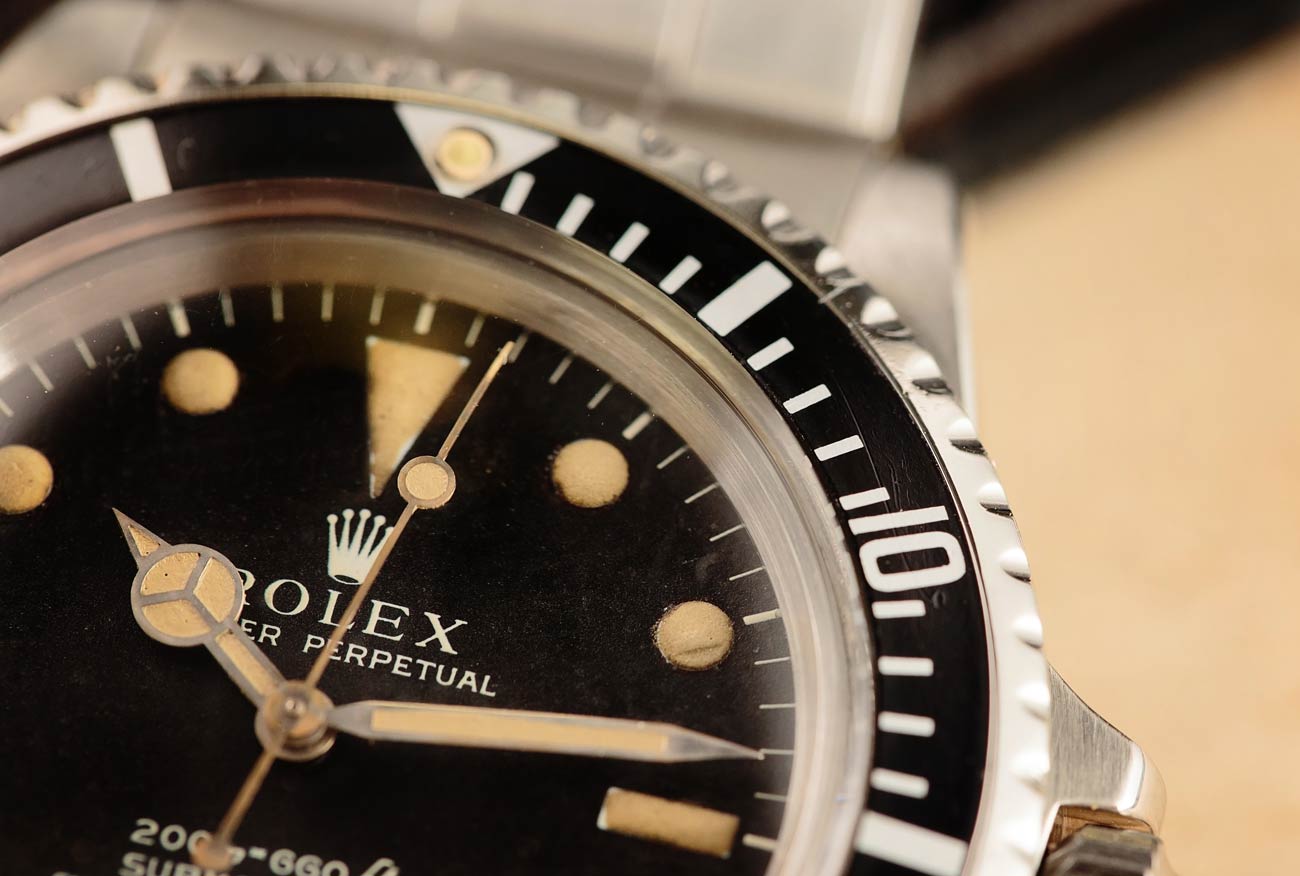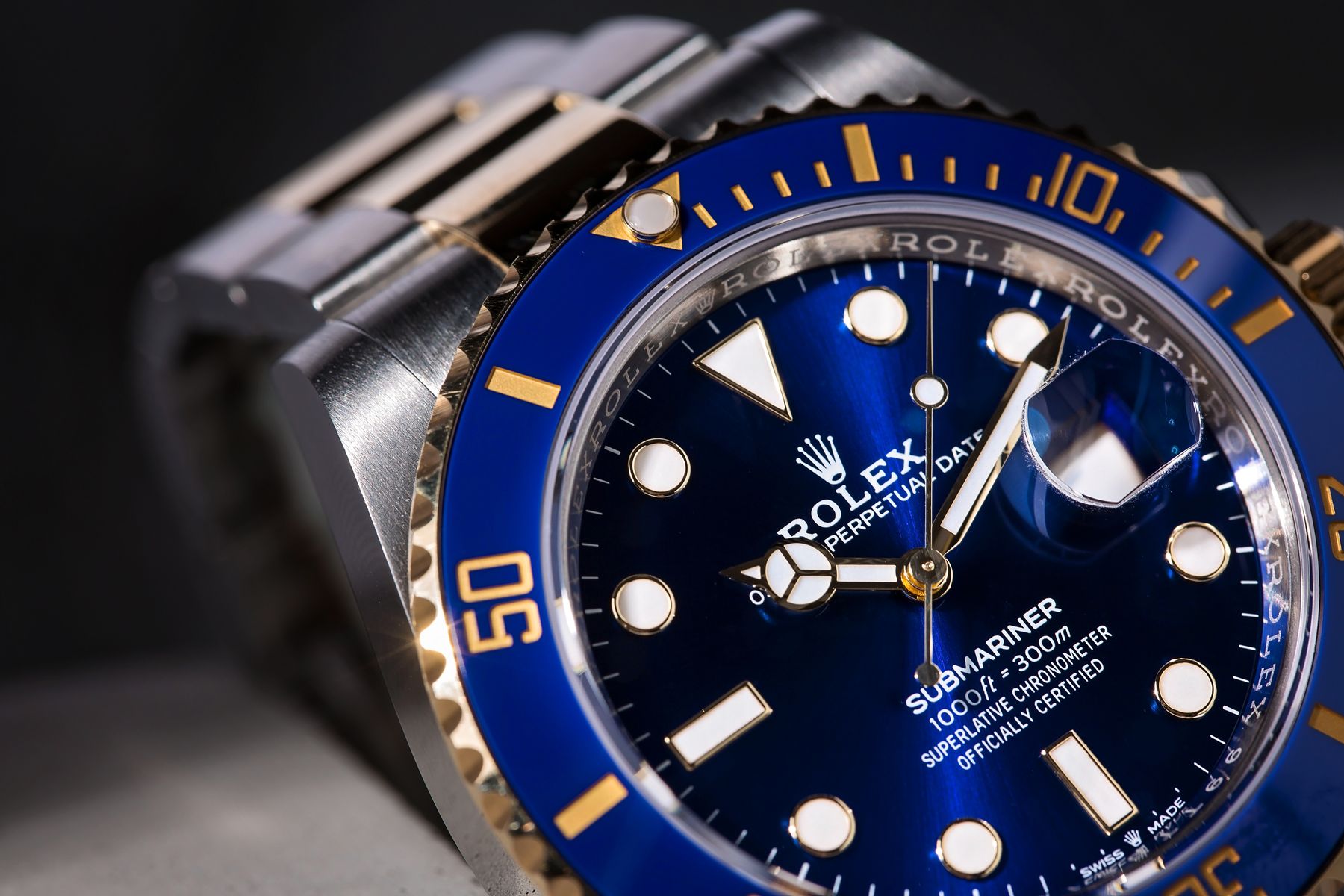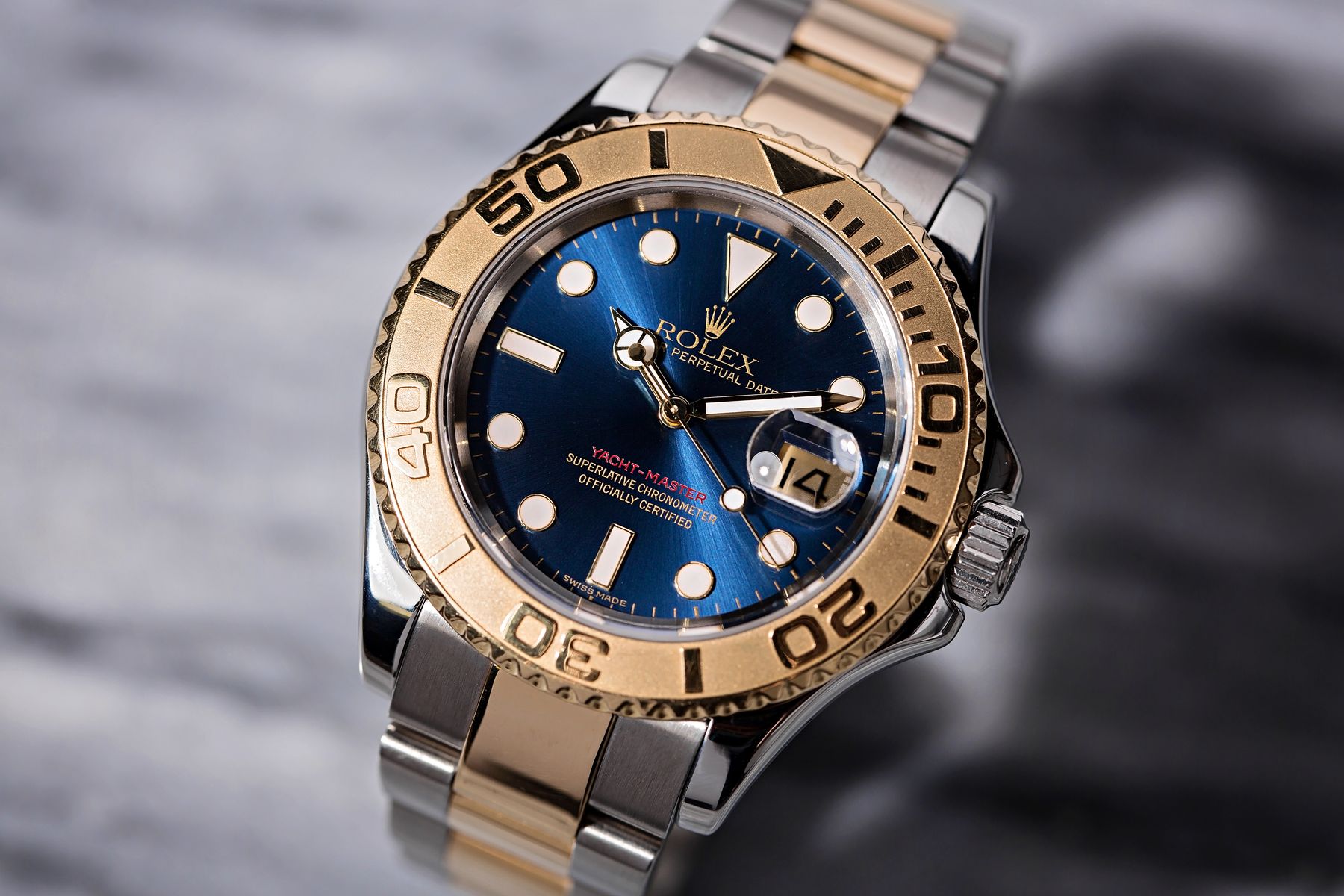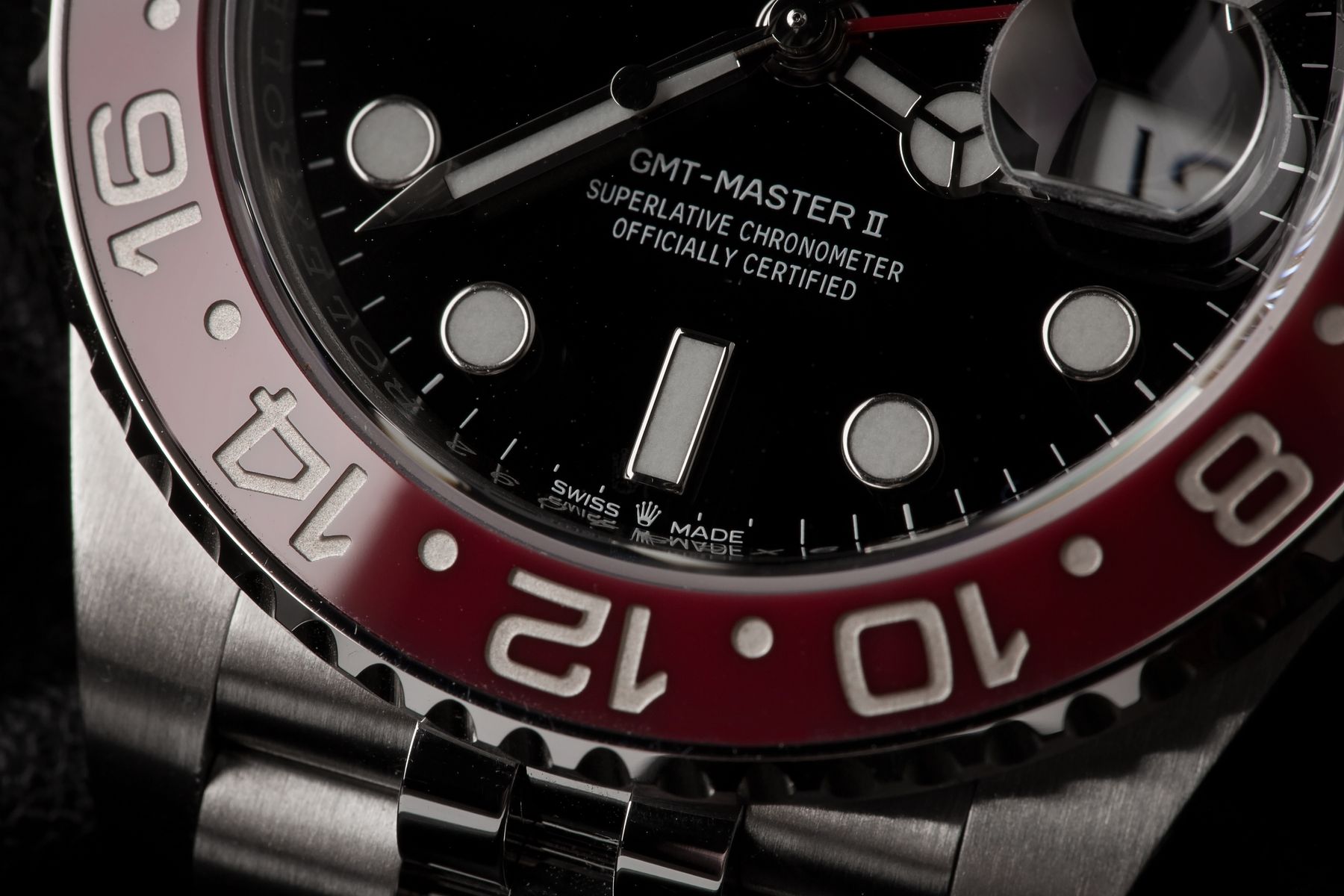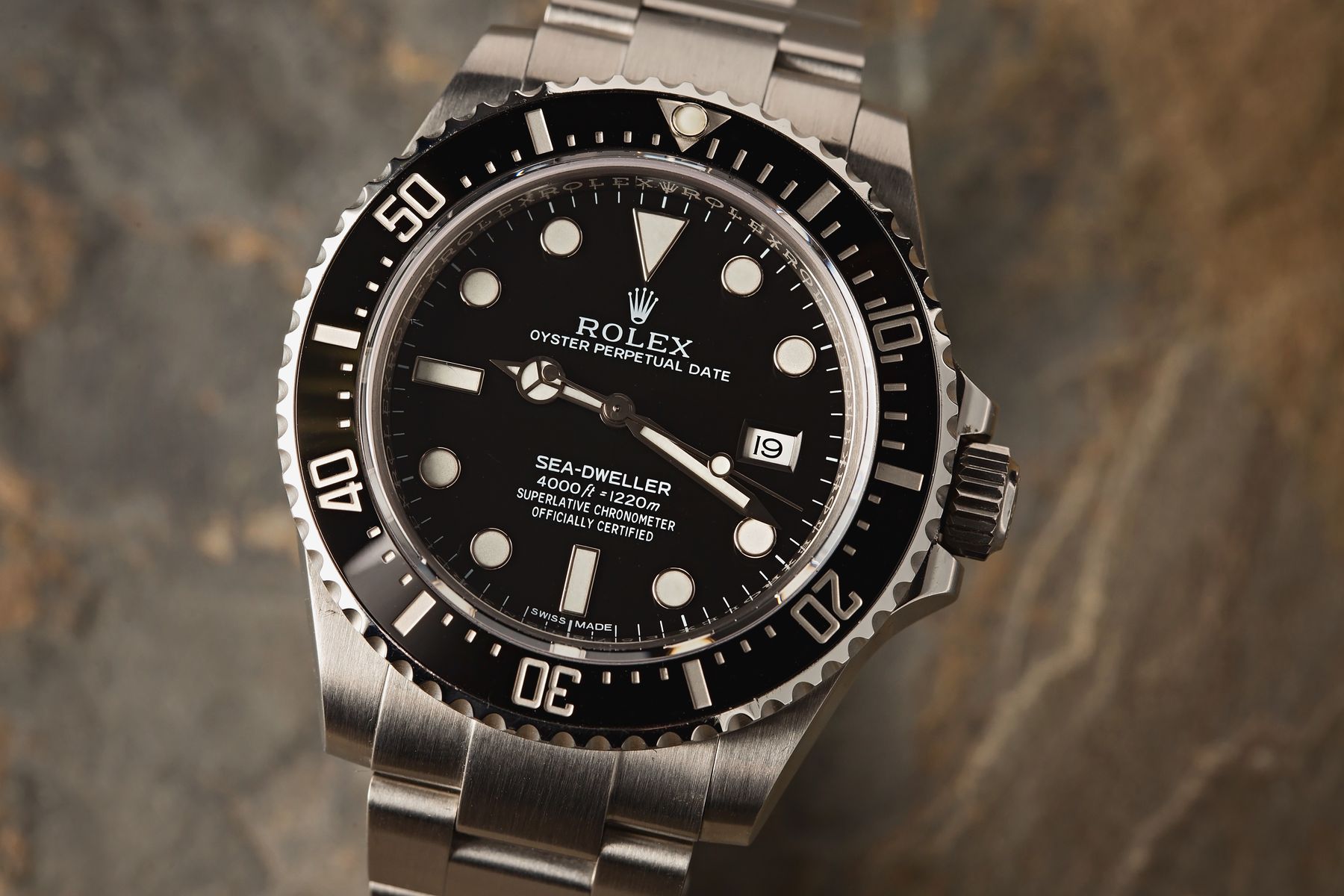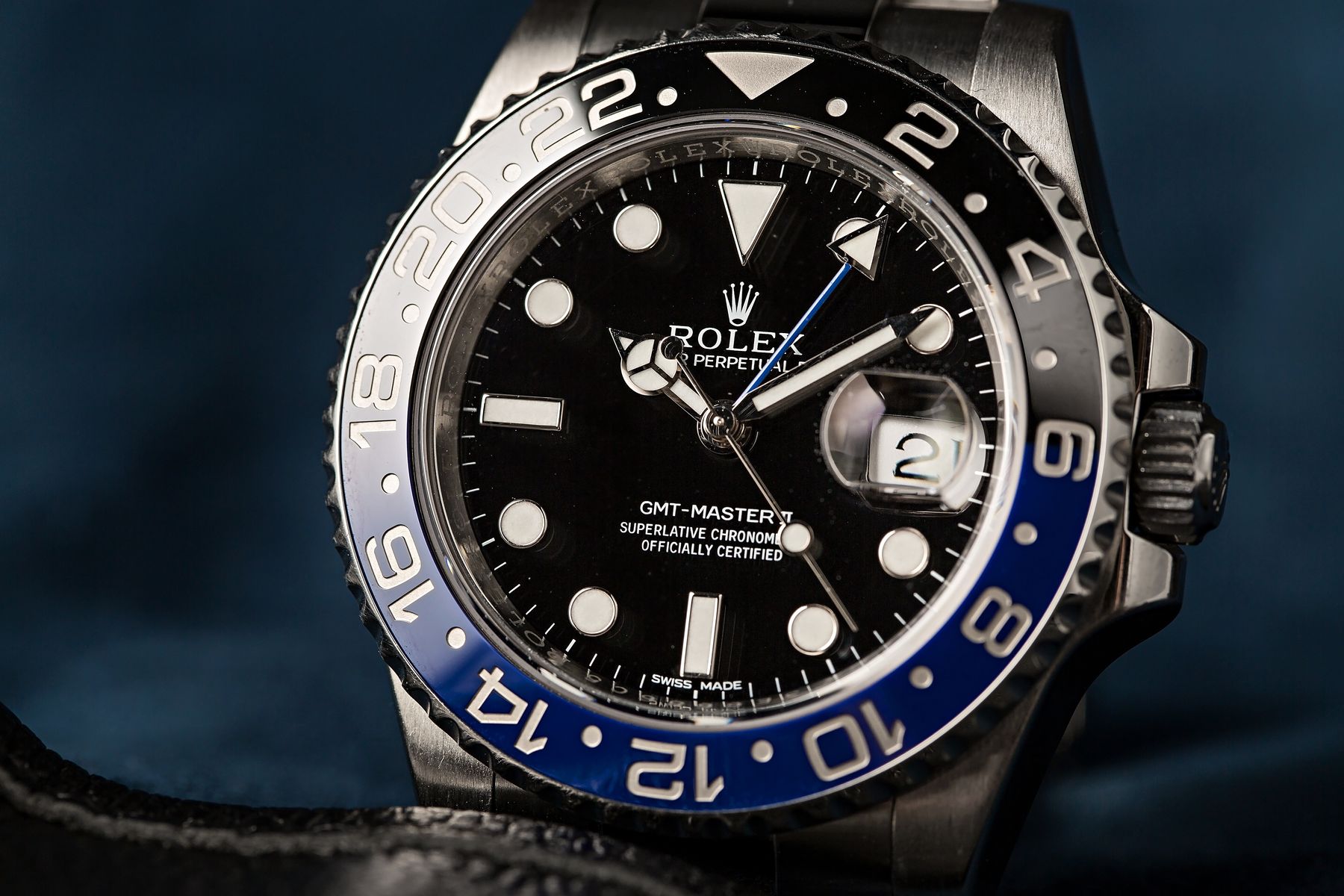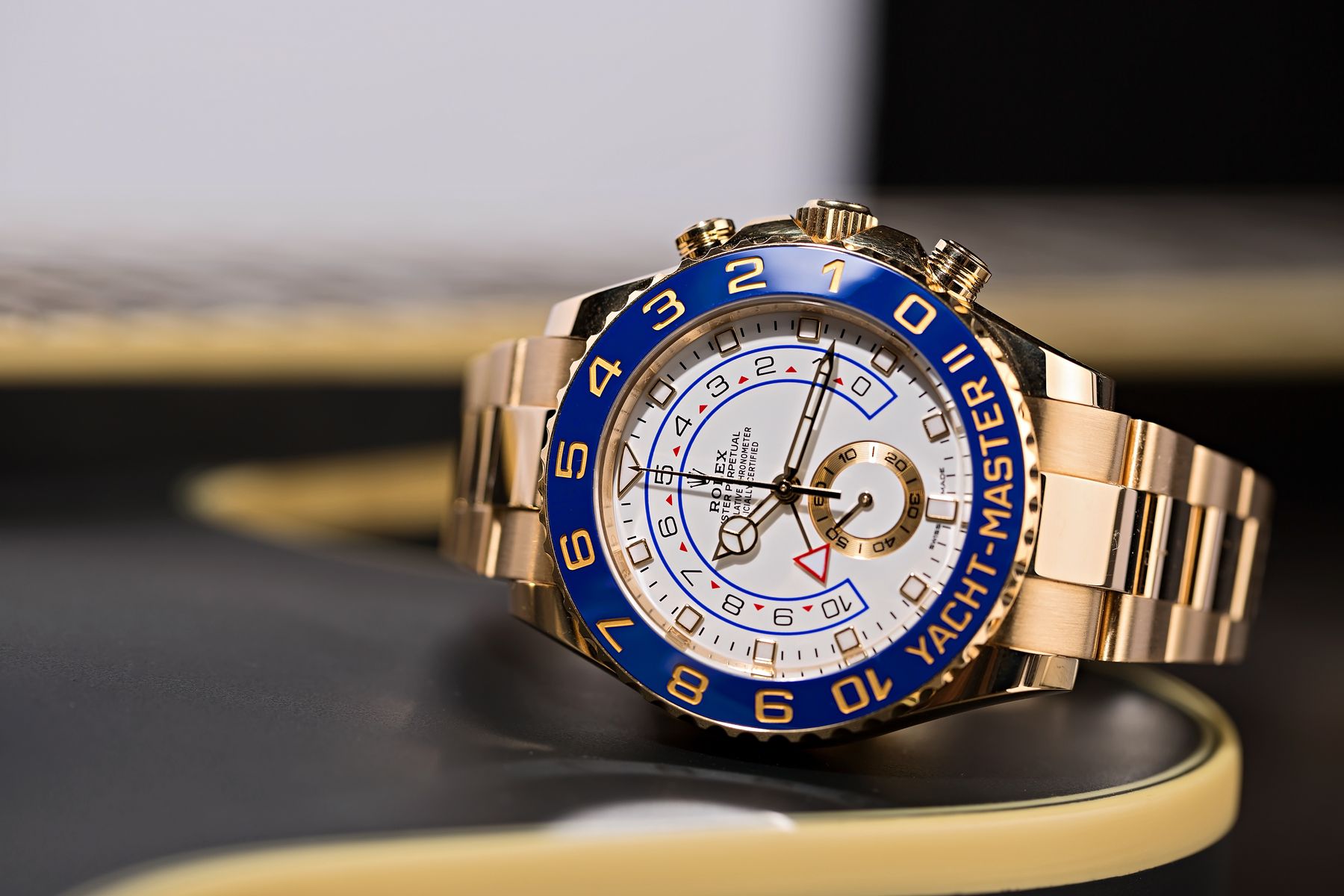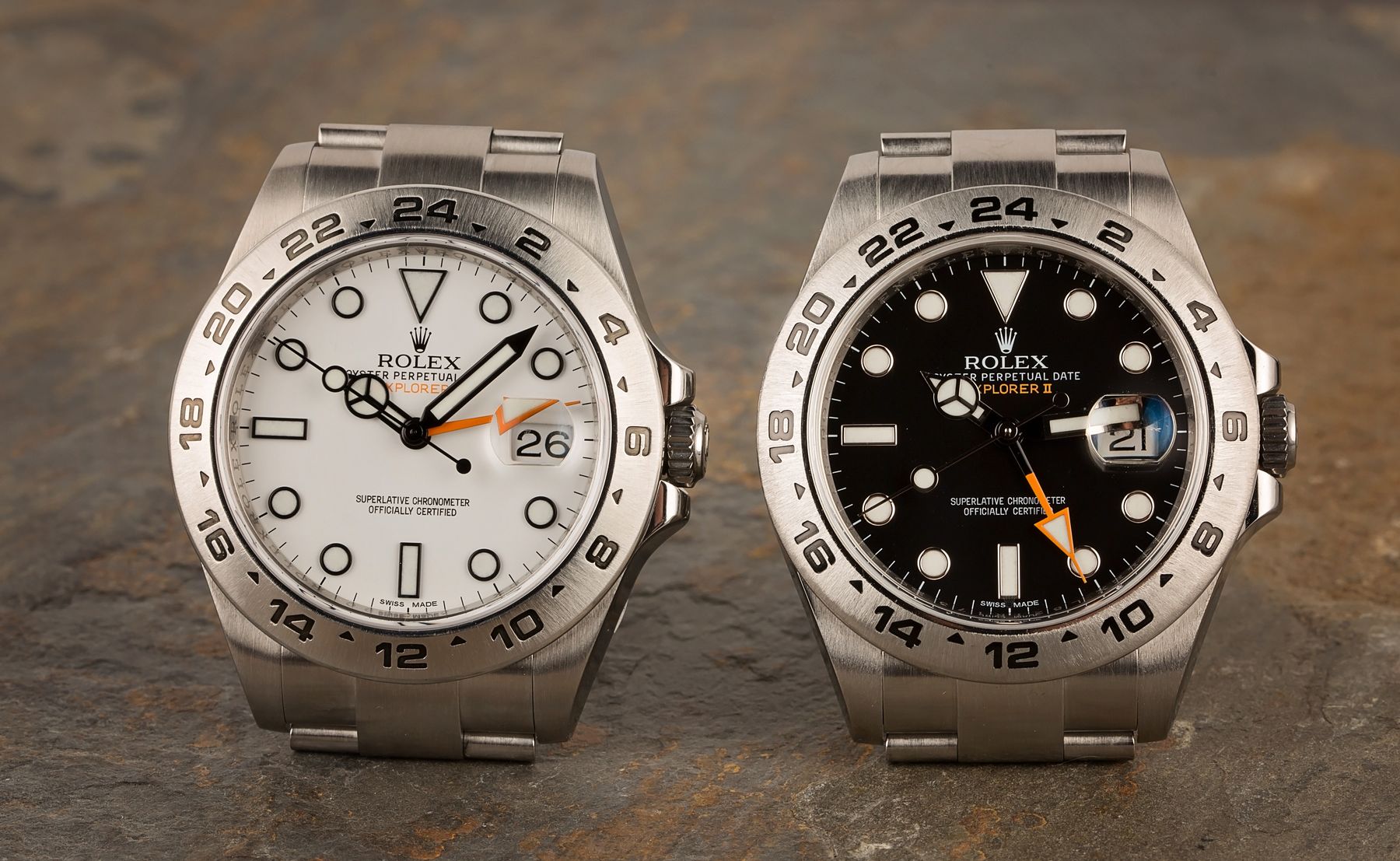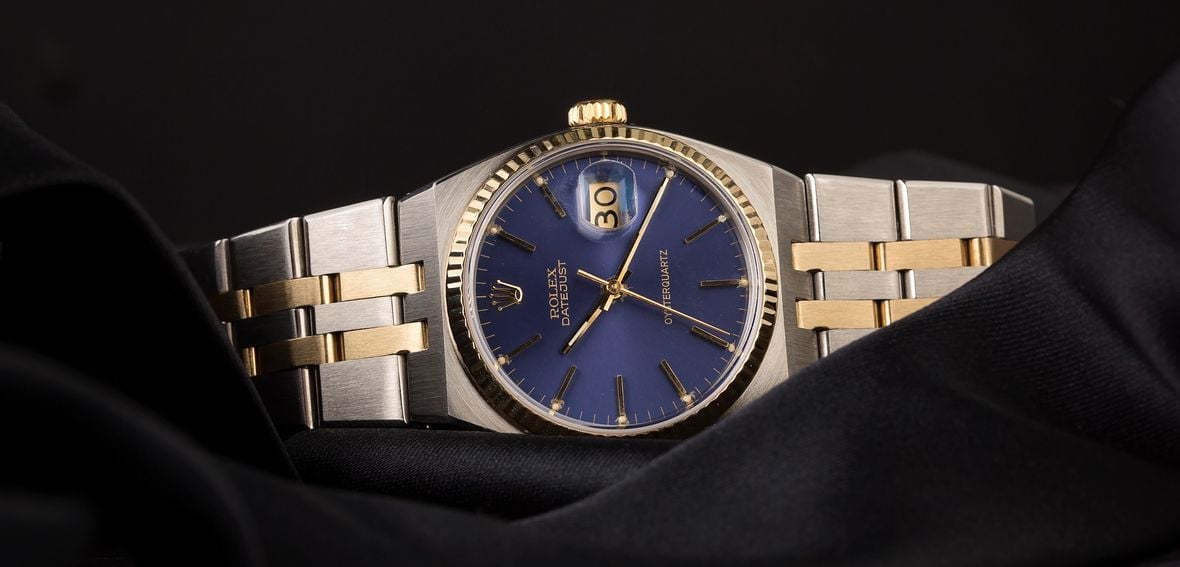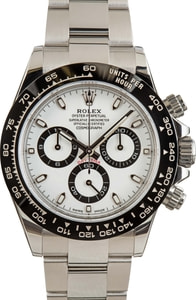Rotating bezels stand out as both stylish and functional elements. What started as mere decorations on watches has evolved into crucial features enhancing a watch’s look and practicality. In this section, we’ll dive into the history and evolution of rotating bezels. They’ve come a long way, transforming from eye-catching designs to key components in accurate timekeeping. Their development showcases the innovative blend of artistic design and engineering excellence in watchmaking, meeting needs from deep-sea diving to international travel.
Most luxury watch brands utilize rotating bezels for their functionality. These include but are not limited to watch collections from Rolex, Omega, Breitling, Tudor, Oris, and Longines.
Types and Functions of Rotating Bezels
Rotating bezels, a defining feature in many watches, serve various practical purposes, depending on their design and functionality. This section delves deeper into the most prevalent types: unidirectional, bidirectional, and Ring Command bezels.
Unidirectional Bezels: Essential in dive watches, unidirectional bezels rotate only counterclockwise. This design is a safety measure; it prevents accidental rotation that could show a shorter elapsed time, crucial during underwater expeditions. Divers rely on them to keep track of their dive time and manage their oxygen supply efficiently. These bezels can be found in Rolex’s Submariner watch collection or Omega’s Seamaster watch collection, both renowned for their diving capabilities.
Bidirectional Bezels: These bezels, rotating in both directions, are commonly seen in pilot and dual-time watches. They enable quick calculations for pilots, such as fuel consumption, flight time, or time zone changes. For travelers, they offer an easy way to keep track of a second-time zone, making them ideal for global adventures. This type of bezel can be found in Rolex’s GMT-Master II watch collection, a watch series that is notable for its use in travel and aviation.
Ring Command Bezels: A more recent innovation, these sophisticated bezels are integrated into the watch’s internal mechanism. Turning the bezel engages different watch functions, like setting the date, time, or a second-time zone, without additional buttons. This design represents a leap in watch engineering, combining ease of use with mechanical complexity. This bezel is found in the Rolex Sky-Dweller watch collection.
Mechanics and Engineering of Rotating Bezels
The mechanics behind rotating bezels are a fascinating blend of precision engineering and innovative design. Each bezel type, whether unidirectional, bidirectional, or Ring Command, is meticulously crafted to integrate seamlessly with the watch’s movement. This integration ensures smooth, accurate rotation and function. The engineering challenge lies in maintaining the bezel’s fluid movement while also ensuring it is firm enough to avoid accidental adjustments, a crucial factor for divers and pilots relying on these measurements.
Advancements in material science play a pivotal role in bezel design. Modern bezels employ a range of materials, from stainless steel and ceramics to advanced polymers, each chosen for its durability, resistance to elements, and aesthetic qualities. These materials must withstand daily wear, environmental factors, and, in the case of dive watches, extreme underwater pressures. The result is a component that is not only functionally reliable but also contributes significantly to the watch’s overall look and feel.
Practical Applications of Rotating Bezels
Understanding how to effectively use rotating bezels can greatly enhance their utility in various scenarios. Here, we break down the practical applications of each bezel type:
Unidirectional Bezels for Diving: Primarily found on dive watches, these bezels help divers track their underwater time. By aligning the zero marker to the minute hand at the start of a dive, divers can easily monitor elapsed time, ensuring safe ascent before the air supply diminishes.
Bidirectional Bezels for Travel and Timing: These versatile bezels serve travelers and pilots by managing time zone differences and flight planning. Rotating the bezel to align with another time zone allows for quick time conversion. Similarly, pilots use them for calculating estimated arrival times or tracking flight durations.
Ring Command Bezels for Advanced Functions: Found in more sophisticated watches, Ring Command bezels offer a way to set calendar dates, second time zones, or other complex watch functions without additional buttons or crowns. This integration makes accessing these features more intuitive and streamlined.
Each bezel type, with its unique functionality, enhances the user experience, whether it’s for professional use or daily wear.
Maintenance and Care for Rotating Bezels
Caring for your luxury watch is a vital part of maintaining the watch’s functionality and overall appearance. The rotating bezel is an important feature on many luxury dive and aviation watches. This movable outer ring allows the wearer to track elapsed time, count down a specific timeframe, or mark important events. Over time, a rotating bezel can accumulate dirt, debris, and wear, so proper maintenance is key to keeping it functioning smoothly.
One of the most important maintenance tips for rotating bezels is routinely flushing them with clean water. For luxury dive watches, rinse the bezel with fresh water after swimming in saltwater to prevent mineral deposits and corrosion. You can use a soft toothbrush and mild soap to gently remove dirt, sand, or salt buildup around edges and knurling. Take care not to scrub too aggressively on engraved markings.
Periodically check that the bezel rotates cleanly without jumping or sticking. If the movement feels gritty, apply a small drop of lighter machine oil to the mechanism, rotate the bezel to distribute the lubricant, then wipe away any excess. Never use thick grease that could inhibit movement or attract particulates.
Be careful of impacts that can dent, warp the bezel, or misalign it with the watch dial. If knocked out of alignment, a watchmaker can often realign or replace a dented rotating bezel. Also, check the gasket or O-ring underneath occasionally and replace it if worn or cracked to maintain water resistance.
With regular cleaning, lubrication, and timely wear-and-tear checks, the rotating bezel can remain a reliably functioning feature for many years on a quality luxury timepiece. Contact the watch manufacturer or seller for additional bezel service recommendations specific to a particular timepiece.
Conclusion
In conclusion, rotating bezels are not just ornamental elements on watches; they are integral components that blend functionality with elegance. From the unidirectional bezels crucial for diver safety to the bidirectional bezels aiding travelers and pilots, and the sophisticated Ring Command bezels enhancing the user experience, these mechanisms cater to a wide array of practical needs. Their evolution reflects the watchmaking industry’s commitment to innovation, marrying mechanical precision with aesthetic appeal. The intricate engineering behind these bezels showcases the remarkable advancements in material science and design, ensuring durability and accuracy.
Understanding their practical applications, from professional use to daily wear, adds a layer of appreciation for these complex components. Furthermore, proper maintenance and care are essential to preserve their functionality and aesthetic, emphasizing the need for regular cleaning, careful handling, and professional servicing. Rotating bezels stand as a testament to the intricate art of watchmaking, symbolizing a unique fusion of technological innovation and timeless elegance, essential in the modern era of precision timepieces.
